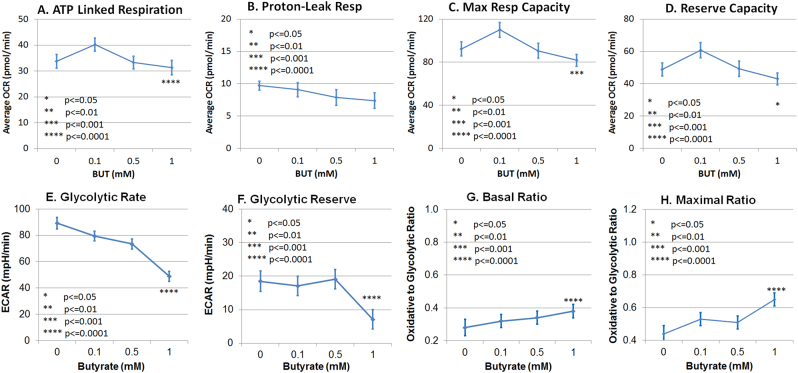Fig. 2. Butyrate (BT) modulates mitochondrial function in control lymphoblastoid cell lines in a concentration-dependent manner.
Lymphoblastoid cell lines were exposed for either 24 h or 48 h in BT and the mitochondrial function was measured. Average changes in the mitochondrial function across the two exposure times is shown since there was no difference across the two exposure times. ATP-linked respiration (a), maximal respiratory capacity (c), reserve capacity (d), glycolytic rate (e), and glycolytic Reserve (f) were reduced at 1.0 mM BT relative to no BT exposure. Glycolytic metabolism was reduced to a greater extent as compared to oxidative metabolism, resulting in an increase in the basal oxidative (OCR) to glycolytic (ECAR) ratio (g) and the maximal oxidative (OCR) to glycolytic (ECAR) capacity ratio (h) for 1.0 mM BT as compared to no butyrate exposure. Since there was few difference in these relationships across BT exposure times, the average of the two exposure times is presented. Significance levels: *p ≤ 0.05, **p ≤ 0.01, ***p ≤ 0.001, ****p ≤ 0.0001

